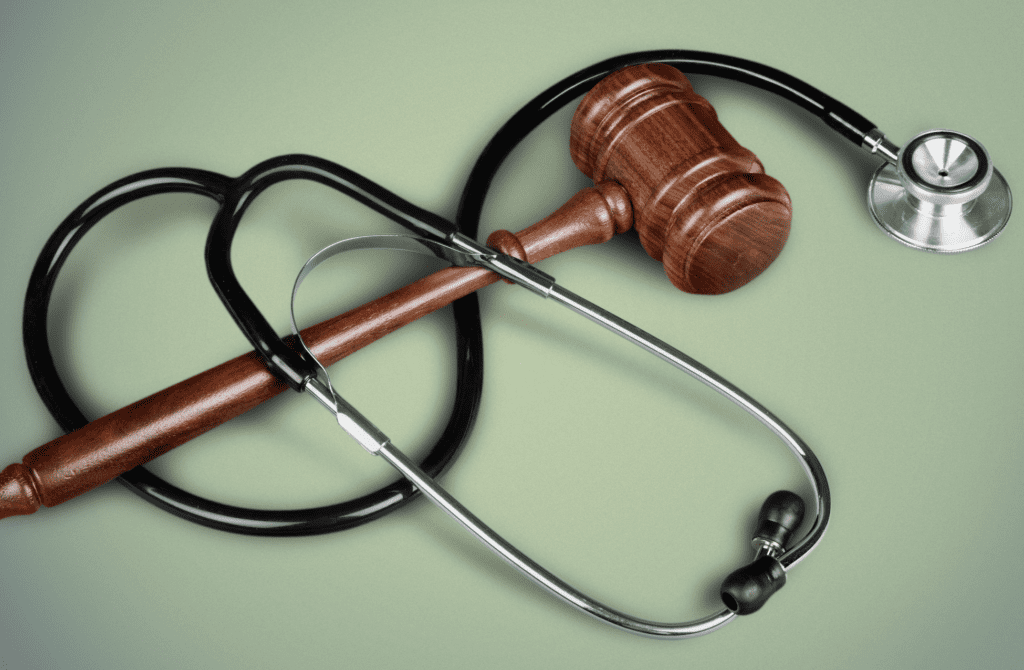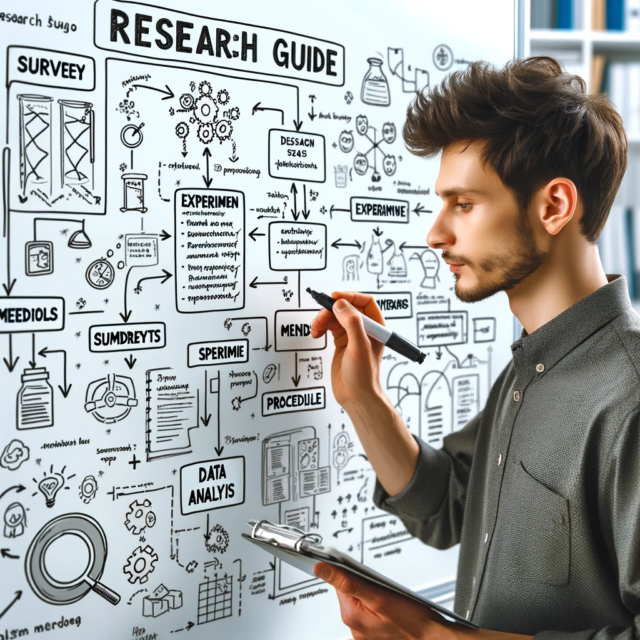| Introduction | The article addresses the significant yet under-discussed issue of medical errors in healthcare, particularly diagnostic errors, which lead to nearly 800,000 Americans suffering from death or permanent disability annually. |
| Understanding Diagnostic Errors | Diagnostic errors are defined as failures to correctly identify the cause of a patient’s illness, with examples including misdiagnosing a heart attack or confusing pneumonia for a pulmonary embolism. Despite advances in medical technology, the rate of diagnostic errors remains high, attributed to the necessity for quick decision-making by doctors. |
| AI to the Rescue? | Artificial intelligence (AI) is emerging as a hopeful solution, especially in interpreting medical images. AI has shown potential in increasing diagnostic accuracy and efficiency in areas such as breast cancer screening and colonoscopies, demonstrating significant reductions in workload and missed diagnoses, respectively. |
| AI in Healthcare Good…Sometimes | While AI offers promising advancements in analyzing patient data and diagnosing rare conditions, concerns about bias and the potential for over-reliance on AI by doctors are highlighted. |
| Balancing Act Between Human and Machine | Experts like Dr. Eric Topol and Dr. Andrew Ng are optimistic about AI’s potential to act as a supercharged doctor, offering comprehensive medical knowledge and experience to reduce diagnostic errors. The integration of AI into medical diagnostics is seen as an exciting journey toward a future with fewer diagnostic errors. |
| Concluding Thoughts | Artificial intelligence (AI) is emerging as a hopeful solution, especially in interpreting medical images. AI has shown potential in increasing diagnostic accuracy and efficiency in areas such as breast cancer screening and colonoscopies, demonstrating significant reductions in workload and missed diagnoses. |
In the world of healthcare, a silent issue lurks that doesn’t get much airtime. It does not sell any new products, and it doesn’t hit us with the warm fuzzies. The problem of medical error in general and getting diagnoses wrong in particular. Recent studies have brought to light a startling statistic. Nearly 800,000 Americans face death or permanent disability each year due to these mistakes.
Understanding Diagnostic Errors
What exactly are diagnostic errors? Simply put, they’re when doctors misidentify the cause of a patient’s illness—overlooking a heart attack or confusing pneumonia with something more severe like a pulmonary embolism.
Despite the advancements in medical imaging and lab tests, there’s been no real progress in reducing these errors. A report from 2015 highlighted that 5% of adults encounter a diagnostic error annually. Likely, everyone will likely experience at least one in their lifetime. A big part of the problem? Doctors often have to make quick decisions without the chance for a thorough review, relying on instinct rather than deep analysis; this is why AI is important in healthcare.

AI to the Rescue?
But there’s hope on the horizon with artificial intelligence (AI). AI is stepping up, particularly in interpreting medical images, where it’s showing promise in boosting accuracy beyond what even seasoned clinicians can achieve alone. For instance, in breast cancer screening, AI assistance improved accuracy and slashed the workload by 44%. Similarly, AI in colonoscopies reduced missed polyps by over 50%, adding only 20 seconds on average to the procedure.
AI in Healthcare Good…Sometimes
With advancements in AI, we’re now looking at a future where all of a patient’s data can be analyzed comprehensively. There are already stories of AI, like ChatGPT, diagnosing rare conditions that have stumped numerous doctors.
Yet, these tools aren’t without their flaws. There’s a risk of bias, where AI might make assumptions based on age, race, or gender. Moreover, while some AI tools have shown superior diagnostic skills in studies, doctors can over-rely on AI suggestions.
Balancing Act Between Human and Machine
The conversation around AI in medicine isn’t just about its potential to outperform humans. It’s also about using AI as a second opinion. As a backup offering a more detailed analysis that busy doctors might miss, AI can be a lifesaver. The aim is to refine AI models to be more medically accurate and unbiased, becoming invaluable in eliminating diagnostic errors. In its current version, AI has a place in augmenting clinicians’ intelligence. This “collaborative intelligence” is where AI can perform complex tasks of gathering many information points and allowing the physician to determine what is important or actionable.
Concluding Thoughts
Experts like Dr. Eric Topol and Dr.Andrew Ng see a bright future where AI could provide exhaustive medical knowledge and experience, acting as a supercharged seasoned doctor. While we’re not quite there yet, the journey towards integrating AI into medical diagnostics is exciting, promising a future where diagnostic errors become increasingly rare.
Check out our other articles!
ChatGPT for Research: Transforming Research
Harnessing AI: Large Language Models Transforming Healthcare Delivery
Can AI Save Science? Healing the Wounds of Academic Publishing










